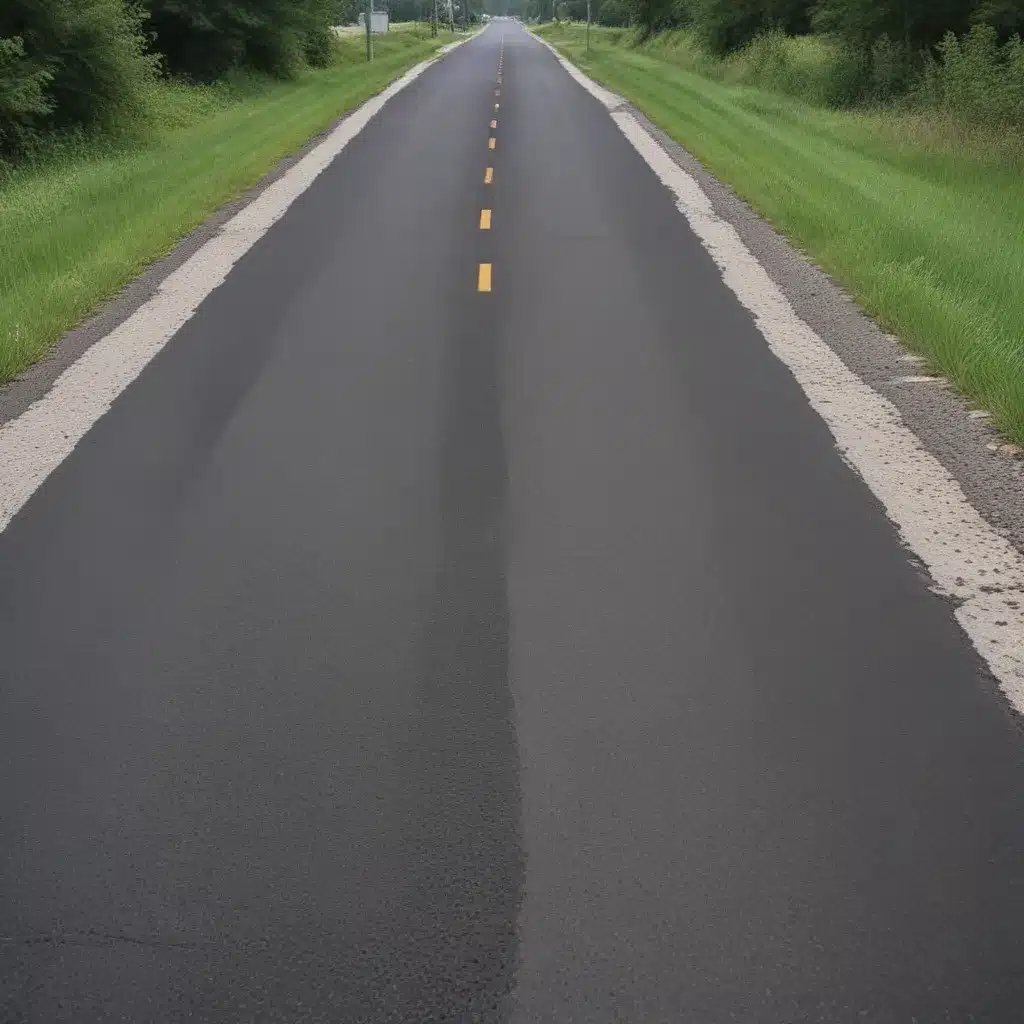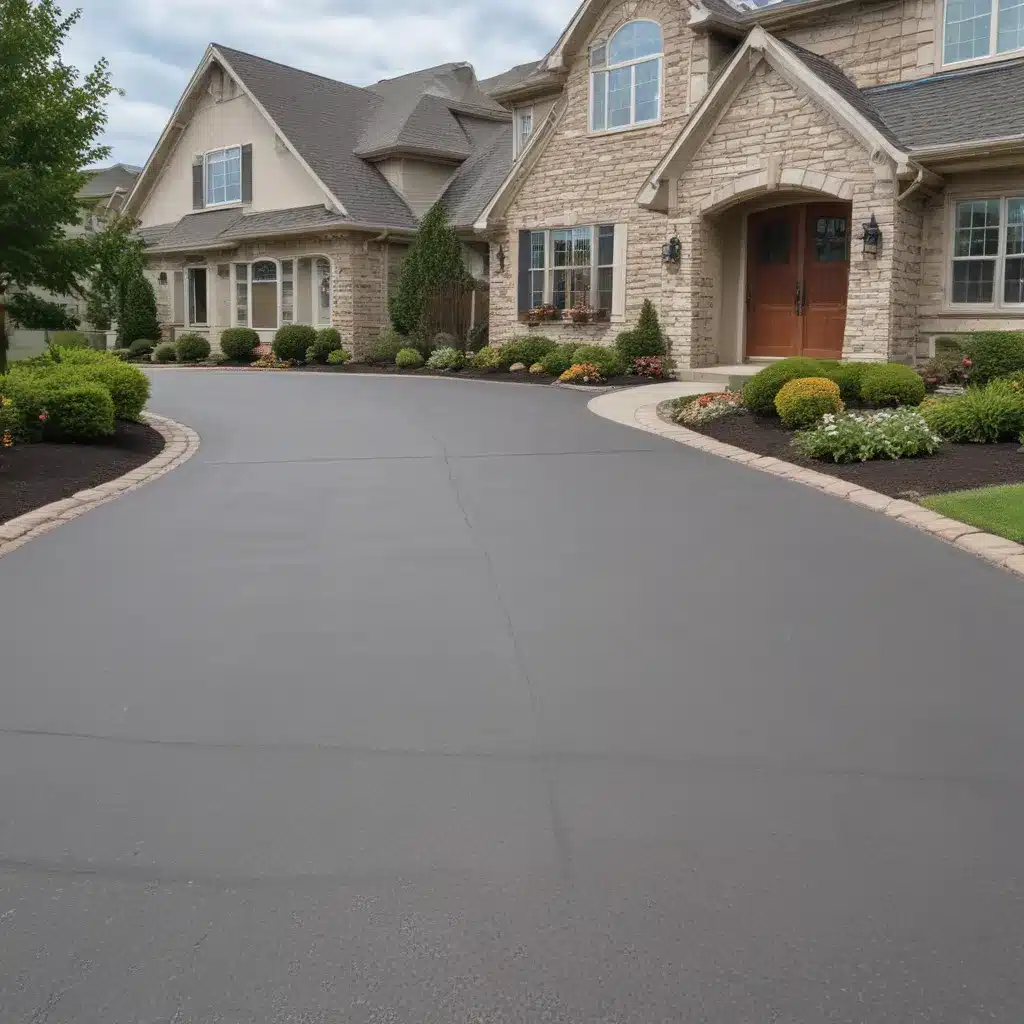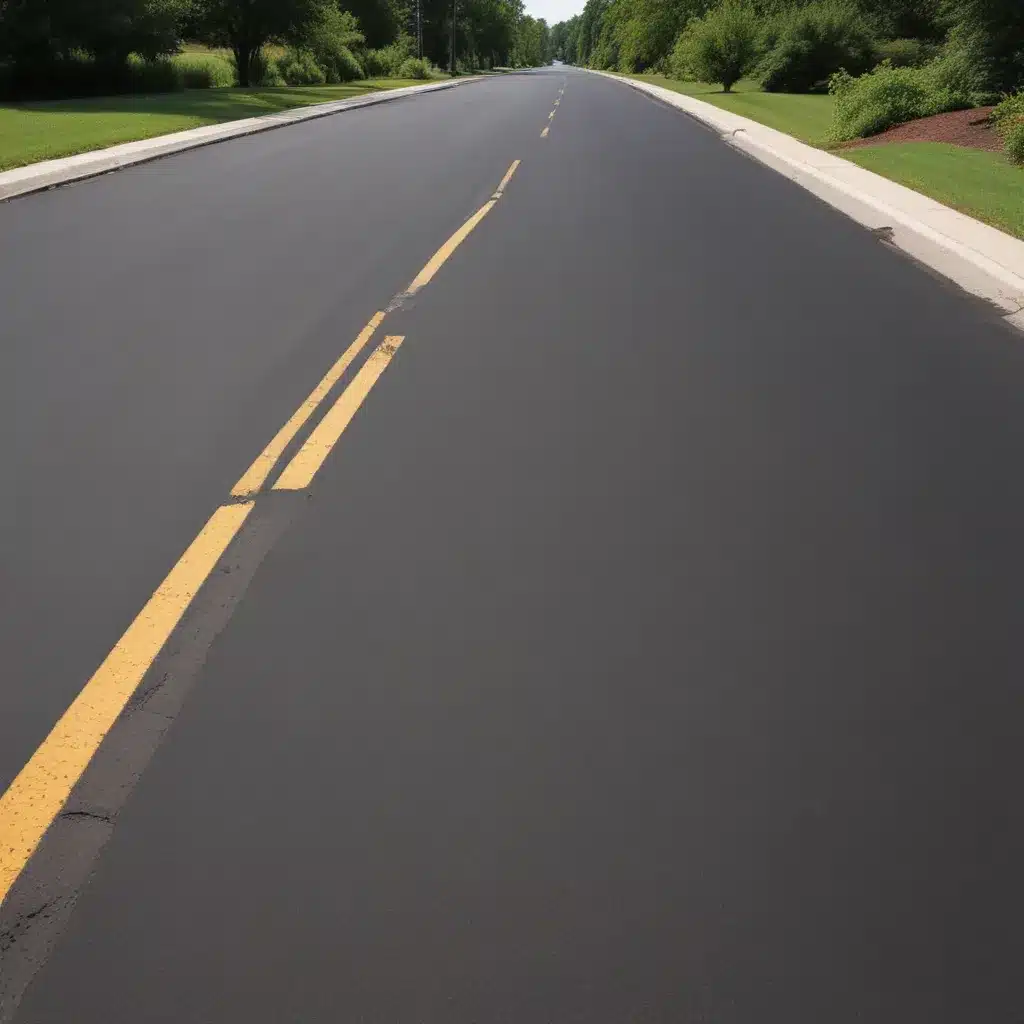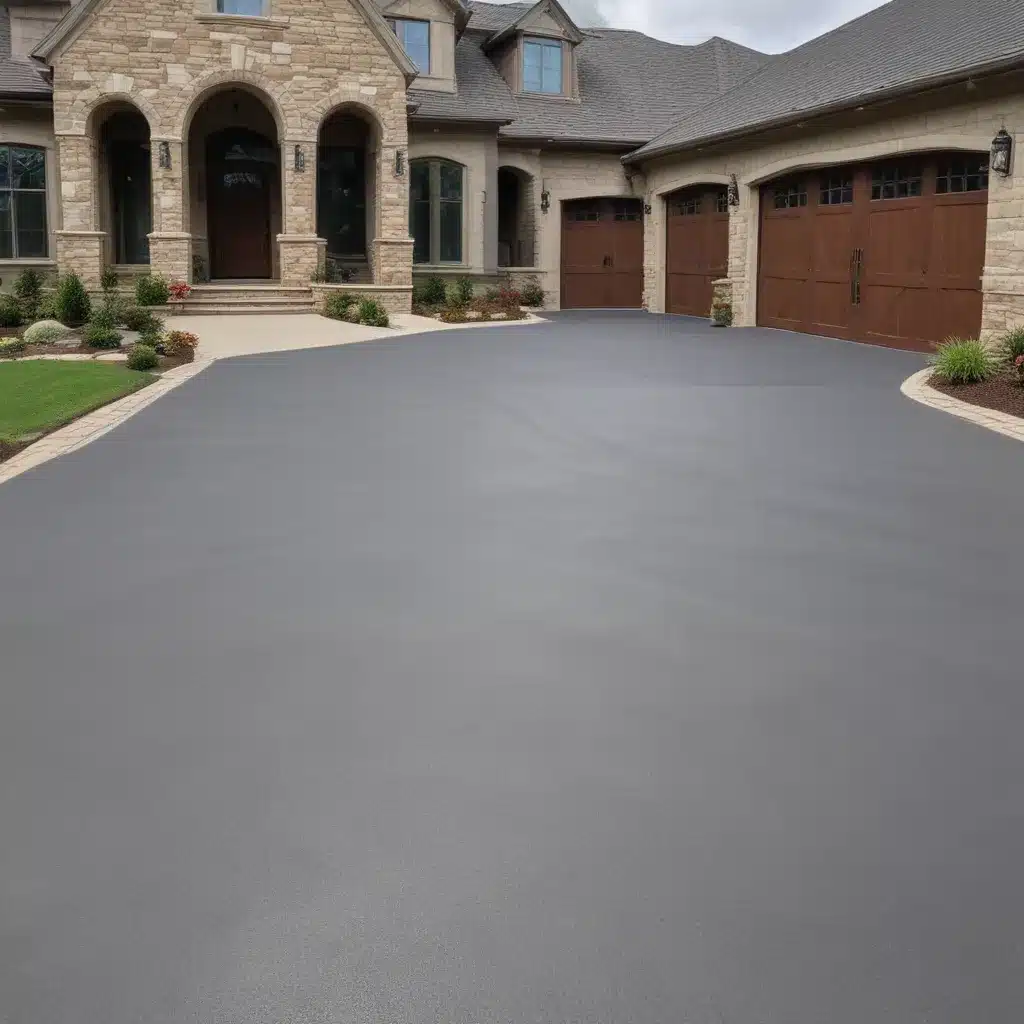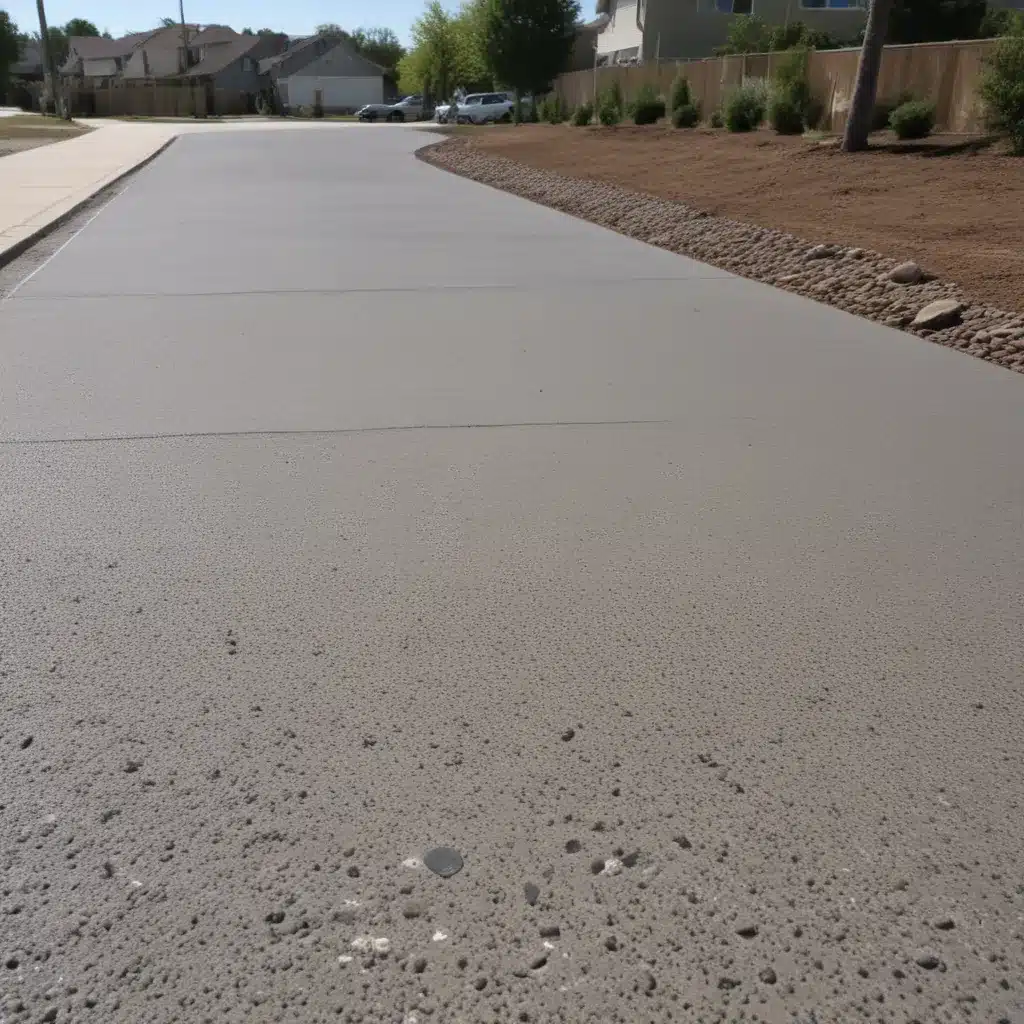Paving the Way to a Greener Future
As a proud member of the driveway services industry, I’ve always been fascinated by the potential of recycling asphalt and concrete. It’s not just about saving money – it’s about taking responsibility for the environmental impact of our work and finding ways to reduce waste. And let me tell you, the more I’ve delved into this topic, the more I’ve realized just how crucial it is for our industry to embrace sustainable practices.
You see, the traditional approach to driveway construction has always been a bit of a double-edged sword. On one hand, we’re providing a vital service, helping homeowners and businesses create functional, long-lasting outdoor spaces. But on the other hand, the sheer amount of raw materials we consume in the process can be staggering. Just think about it – every time we lay down a new driveway, we’re using tons of gravel, sand, cement, and asphalt, all of which have to be extracted from the earth.
And what happens to all of that material once a driveway has reached the end of its lifespan? Oftentimes, it just gets sent to a landfill, where it sits and slowly decomposes, releasing greenhouse gases and other pollutants into the environment. But what if there was a better way?
That’s where the concept of recycling asphalt and concrete comes in, and let me tell you, it’s a game-changer. By finding innovative ways to reuse these materials, we can not only reduce the amount of waste going to landfills, but we can also cut down on the need for new raw materials, which is a win-win for the environment and our bottom line.
Unlocking the Potential of Asphalt Recycling
Now, I know what you’re thinking – how exactly does one go about recycling asphalt, anyway? It’s a fair question, and one that I’ve spent a lot of time exploring. You see, the process is actually pretty straightforward, but it requires a bit of specialized knowledge and equipment.
The key is to break down the asphalt into its component parts – the aggregates (gravel, sand, and crushed stone) and the binder (the sticky, tar-like substance that holds it all together). Once we’ve done that, we can then recombine these materials in a carefully controlled process to create a new, high-quality asphalt mix that can be used for a variety of paving projects.
But the real beauty of asphalt recycling lies in the environmental benefits. By using recycled asphalt, we can reduce the amount of virgin material that needs to be extracted from the earth, which in turn reduces the carbon footprint of our work. And let’s not forget about the cost savings – recycled asphalt is often significantly cheaper than brand-new material, which means we can pass those savings on to our clients.
Of course, the process isn’t without its challenges. One of the biggest hurdles is making sure that the recycled asphalt meets the same high standards for quality and performance as the virgin stuff. After all, the last thing we want is for a driveway to start falling apart just because we used the wrong kind of recycled material.
That’s why it’s so important to work with experienced professionals who know the ins and outs of asphalt recycling. They can help us navigate the technical details, ensure that our recycled material meets all the necessary specifications, and even provide guidance on the best ways to incorporate it into our driveway projects.
Concrete Recycling: A Solid Solution
But asphalt recycling isn’t the only game in town when it comes to sustainable driveway construction. Concrete recycling is also a hot topic in our industry, and for good reason.
You see, concrete is one of the most widely used building materials in the world, and it’s also one of the most resource-intensive. Producing new concrete requires a significant amount of energy, as well as the extraction and processing of raw materials like cement, sand, and gravel. And just like with asphalt, all of that used concrete has to go somewhere once a project is completed.
That’s where concrete recycling comes in. By breaking down old concrete structures and repurposing the resulting material, we can reduce the demand for virgin concrete, save on landfill space, and even create new, high-quality products that can be used in a variety of construction applications.
And the best part? Concrete recycling is actually a pretty straightforward process. Using specialized equipment, we can crush and process old concrete into a material that’s remarkably similar to the original. This “recycled aggregate” can then be used to create new concrete mixes, or even as a base material for driveways and other paving projects.
Of course, like with asphalt recycling, there are some important quality control considerations to keep in mind. We need to make sure that the recycled concrete meets all the necessary strength and durability standards, and that it’s free from any contaminants that could compromise the integrity of the final product.
But with the right expertise and equipment, concrete recycling can be a game-changer for our industry. Not only can it help us reduce our environmental impact, but it can also provide a reliable source of high-quality building materials at a fraction of the cost of brand-new concrete.
Embracing the Circular Economy
As I’ve delved deeper into the world of asphalt and concrete recycling, I’ve come to realize that it’s not just about finding ways to reuse these materials – it’s about embracing a fundamental shift in the way we think about construction and waste management.
You see, the traditional linear model of “take, make, waste” is no longer sustainable. Instead, we need to start thinking in terms of a circular economy, where we continuously reuse and repurpose our resources rather than just discarding them.
And that’s where recycling comes in. By finding innovative ways to reuse asphalt and concrete, we’re not just reducing waste – we’re also creating a more sustainable, closed-loop system that can help us reduce our reliance on finite natural resources and minimize our environmental impact.
But it’s not just about the environmental benefits, either. There’s also a strong business case for embracing recycling in our industry. After all, by reducing our material costs and finding new sources of revenue through the sale of recycled products, we can improve our bottom line and stay ahead of the competition.
And let’s not forget about the positive impact it can have on our reputation, too. Clients these days are increasingly demanding more sustainable, eco-friendly solutions, and by showcasing our commitment to recycling, we can demonstrate our leadership in the industry and set ourselves apart from the competition.
Putting it into Practice
Of course, all of this is well and good in theory, but the real question is – how do we actually put it into practice? After all, making the switch to a more sustainable, recycling-focused business model isn’t always easy, especially in an industry that’s steeped in tradition.
Well, let me tell you, it’s a journey, but one that’s well worth the effort. And the good news is, there are plenty of resources and experts out there who can help guide us along the way.
One of the first steps is to make sure we have the right equipment and infrastructure in place. This might mean investing in specialized crushing and processing equipment, or even setting up our own recycling facility. It’s a significant upfront investment, to be sure, but the long-term payoff can be huge.
And it’s not just about the physical equipment, either. We also need to make sure our team is trained and equipped to handle the technical aspects of recycling, from quality control to regulatory compliance. After all, we can’t just start tossing old asphalt and concrete into a blender and hoping for the best – there are some serious science and engineering principles at play.
But once we’ve got the pieces in place, the real fun begins. We can start experimenting with different recycled mixes, testing their performance, and finding innovative ways to incorporate them into our driveway projects. And let me tell you, the sense of accomplishment you get when you see a brand-new driveway made with recycled materials is truly unbeatable.
And the best part? Our clients are loving it, too. More and more, homeowners and businesses are recognizing the value of sustainable construction practices, and they’re actively seeking out contractors who can offer eco-friendly solutions. By embracing recycling, we’re not just doing our part to protect the planet – we’re also positioning ourselves as industry leaders and trusted partners for our clients.
The Road Ahead
Looking ahead, I can’t help but feel excited about the future of our industry and the role that recycling will play in it. As more and more of us embrace these sustainable practices, I believe we’ll start to see a real shift in the way driveway construction is approached, with a greater emphasis on reusing and repurposing materials rather than just discarding them.
And who knows what other innovations might emerge as we continue to push the boundaries of what’s possible? Maybe we’ll start to see cutting-edge technologies that can extract even more value from old asphalt and concrete, or new business models that completely reimagine the way we approach driveway services.
One thing’s for sure – the road ahead is paved with opportunity, and I’m thrilled to be a part of it. So if you’re ready to join me on this journey towards a more sustainable, eco-friendly future, let’s get started! Head over to https://www.driveways-warrington.co.uk/ to learn more about how our driveway services can help you do your part in paving the way to a greener tomorrow.

